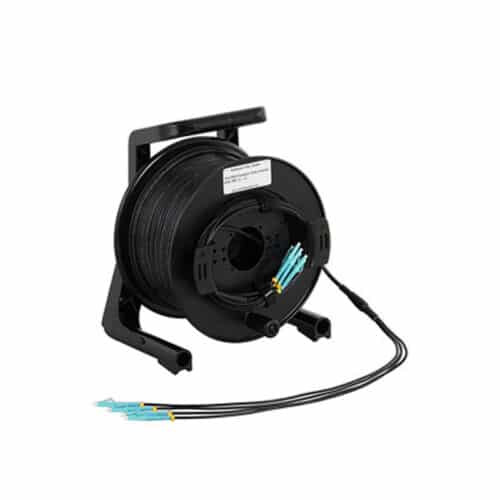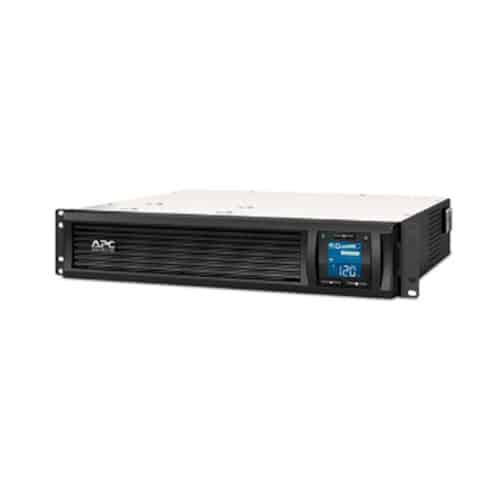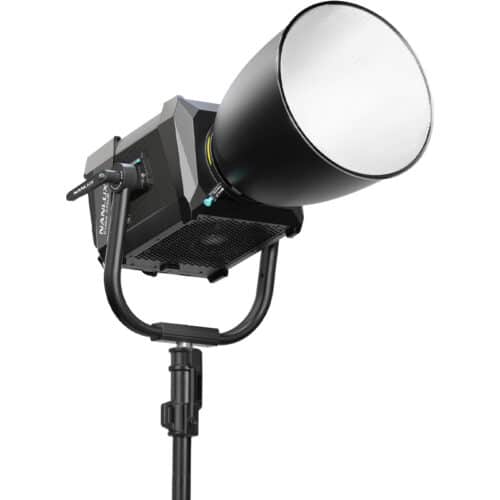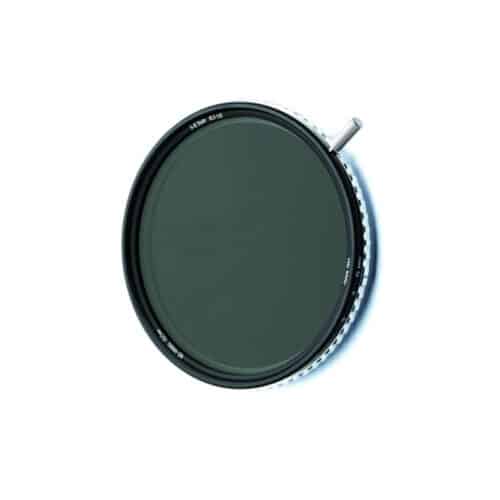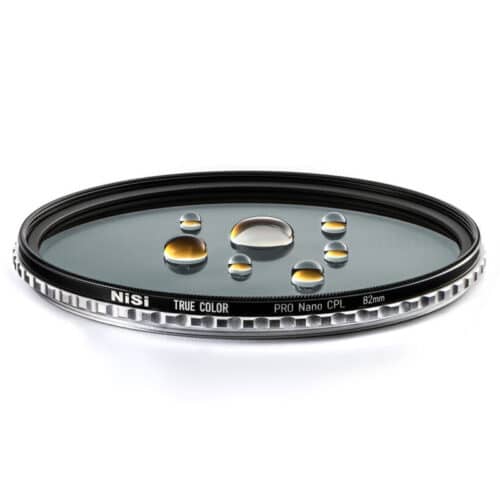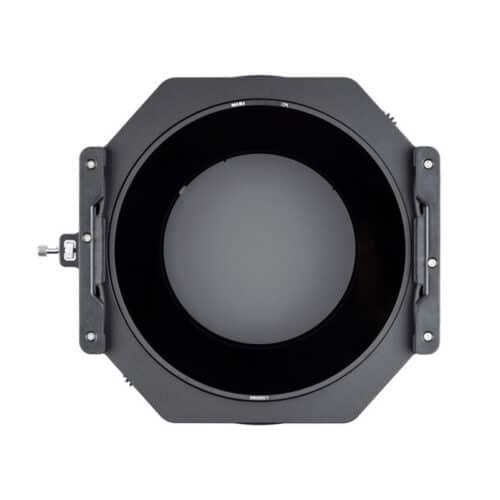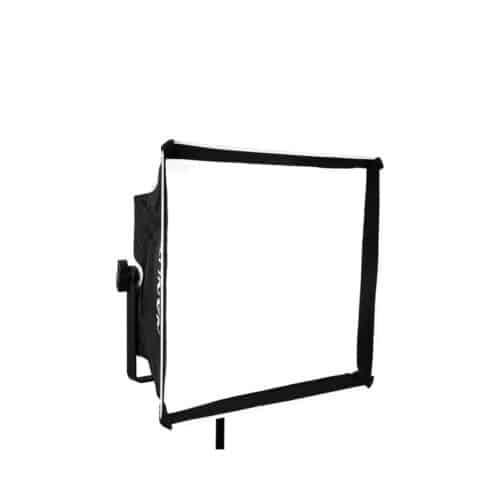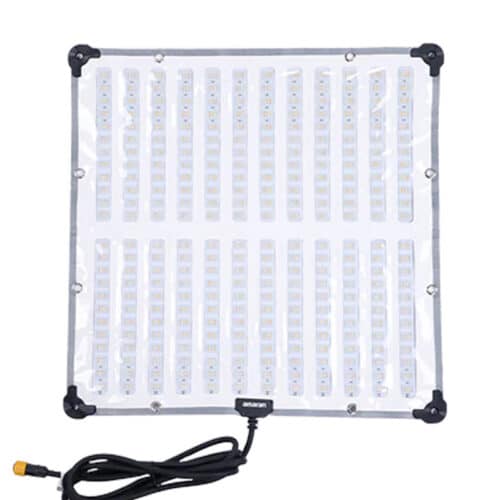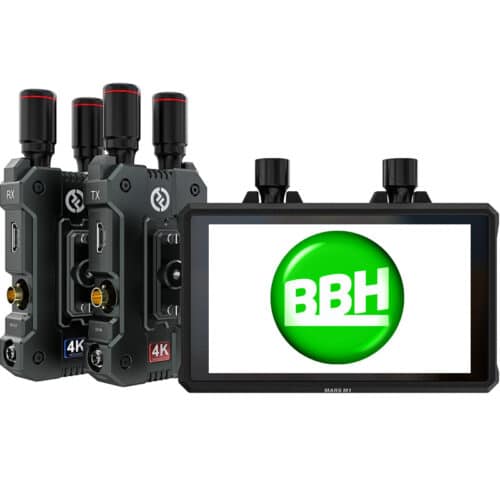JoeCo BBR1D Blackbox 24 track recorder
Product Highlights
Standalone Operation
24 Tracks
Records to USB 2.0 Drives
Built-in Analog Relays
Playback Lockout
Accidental-Ending-Record Protection
Zero Latency
BWF Format for Instant DAW Integration
24-bit/96kHz
AES/EBU Digital I/O
The BBR1D BLACKBOX RECORDER Rackmount Multi-Track Recorder (AES/EBU) from JoeCo is a standalone, USB based, 24-track hard disc recorder that has been specifically designed for recording live events. The unit is functionally the same as the BBR1, but with AES/EBU digital input and output capability. It plugs into any standard live mixing console via the normal insert points, and not only allows for the capture of the performance, but can also record the sound check to help set fold back mixes, and allow the performers to hear the live mix for themselves. In difficult acoustic spaces it lets the sound engineer achieve the best balance without exhausting the band with endless rehearsals before the gig.
A number of specific features have been added to make it suitable and safe in a live environment. These include built-in analog relays that will pass audio through in the event of a power failure at the unit, playback lockout so that a previous recording isnt accidentally triggered, protection against accidentally ending a recording, and virtual sound checking. Some features often found in other multi-track machines are not present such as overdubbing and punch in facilities.
Audio is directly recorded onto a removable USB 2.0 disk drive with up to 24-bit/96kHz resolution, and because the recorder uses the Broadcast WAV file format, the drive can be immediately plugged into a Digital Audio Workstation after the gig for editing and mixing. No copying or reassembling of your studio is required, and you have every mixer input recorded and available to create the perfect live remix. For really large multi-track recordings, multiple BLACKBOX RECORDER units can be chained together and operated from a single control surface.
The unit has been designed to be as simple as possible to operate, recognizing that during a live performance the sound engineer will naturally need to concentrate on the sound, and not operating a recorder. Additionally, if the record button is pressed again whilst in record, the recorder will automatically start a new recording so that each song can be easily identified later. To end a recording requires the STOP button to be held for 2 seconds to ensure that the recording cannot be stopped accidentally.
Note! The AES/EBU interfaces can operate at up to 96kHz and conform to the AES standard (AES-3:2003).
Quick Features
24 track audio recorder with analog I/O
Digital AES/EBU I/O
Virtual sound check facility
24-bit/96kHz conversion
Simple user interface
Zero latency – inputs routed directly to output during record via relay for safety against power failure
Keyboard input for naming tracks and songs
Data entry wheel for navigating menus and making adjustments
MIDI Machine Control (MMC)
AES and S/PDIF word clock
Linear Time Code (LTC) and MIDI Time Code (MTC)
Sony PII (9-pin) control
Records to standard USB2 drive in BWF format – instant import into DAW
Multiple BLACKBOX RECORDER units can be chained for really large multi-track recordings
Operates as standalone multi-channel recorder for use in studios, conferences, conventions, logging and monitoring
Detailed Features
Recorder has been designed to be very simple to operate with the front panel containing the familiar transport controls that every piece of recording equipment contains, so that basic operation can be very simply understood.
Everything has been designed to aid in the engineers primary task, which is to concentrate on the live sound
Once set up, the unit defaults to having all tracks armed and ready to record – just press record to begin the recording – simplicity itself
A foot switch input is provided and can be set up to duplicate the record button function so that the engineer doesnt have to move away from the console
The LED meters show the relative levels of each input so you can make sure that youre not recording too hot (or too cold) and can adjust the microphone preamps on the desk accordingly
Although there are only 3 LEDs on each channel, their brightness varies according to the level, providing a much more detailed representation
The main screen displays how long youve been recording and how much space you have left on the disk
The meters also have a sticky peak feature so that you can see how loud a recording has been and whether you have overloaded the inputs without having to study the unit while youre setting everything else up
A keyboard input is provided so that if you have time, you can name every track and even every song to make life easier when you come to use the recordings on your workstation
4 function buttons Menu/Ok, Loop, Mark and Back and a data entry/scrub wheel control the more detailed settings of the unit, and set markers for loop points so that you can loop round a particular bit of a sound check while you get the sound in the venue exactly right
Inputs are normally looped directly to the outputs via relays in all modes except during playback – this provides an additional level of safety so that even if the power were to fail on the BBR, the audio through the PA will not be affected
Inside the menu structure all the key variables can be modified – the sample rate, which tracks to arm when you press record, whether to use Timecode, setting up the digital audio clocks, naming the recordings, setting your input and output levels, and setting up loop points
By default, the unit enters playback lockout mode as soon as you enter record to make sure that you dont accidentally start playing back the sound check in the middle of the performance
The AES/EBU digital I/O enables audio capture via a digital console that supports AES/EBU inputs and outputs. There are three 8-channel 25-pin D-type inputs and outputs to capture and receive signals (12 in, 12 out) without any conversion. The full analog capability of the standard BLACKBOX is still available where digital interfacing is not suitable
Number of Tracks 24
Supported File Types BWAV
Format FAT32
Sampling Frequencies 44.1, 48, 88.2, and 96 kHz
Recording Media USB 2.0 hard drive (7200 rpm) or flash drive (200x) (drive not included)
Max Simultaneous Recording 24
Max Simultaneous Playback 24
Recording Time Dependent on hard drive size
Bit Depth 16 and 24-bit
AD/DA Conversion 24-bit, 96 kHz
Jog/Shuttle Scrub function
Audio I/O 3 x 8-channel AES/EBU 25-pin D-sub input/output connectors (Yamaha format standard)
3 x 25-pin D-sub unbalanced analog inputs (cable looms not supplied)
1 x 1/4 TRS headphone monitoring jack
Word Clock I/O 1 x BNC input 2 x RCA sockets (AES3/SPDIF format, also used for communications to slave units)
Control 1 x 9-pin D-sub, Sony PII protocol
1 x Mini DIN PS2 keyboard connector (standard 102 key)
MIDI 1 x 5-pin DIN (open loop), MIDI time code (MTC) and MIDI machine control (MMC) protocol
Timecode 1 x 1/4 TRS jack (Supports 30 fps, 29.97 drop fps, 29.97 non-drop fps, 25 fps, 24 fps, 23.98 fps; momentary footswitch on ring of jack)
Input Level -10/+4 dBu, switchable (+22 dBu max, 0 dBFS)
Output Level -10/+4 dBu, switchable (+22 dBu max, 0 dBFS)
Signal-to-Noise Ratio 106 dB A-weighted
Total Harmonic Distortion 96 dB input, 94 dB output
Power Requirements 9-16 VDC (Dimensions (WxDxH) 16.7 x 5.9 x 1.75 (425 x 150 x 44mm) (1U, 19 rack mount)
Weight 5.28 lbs (2.4kg)
